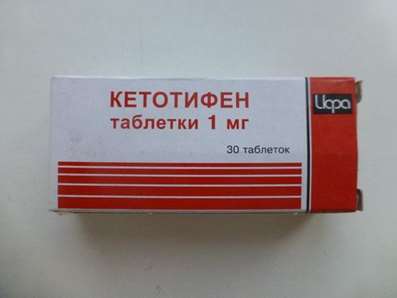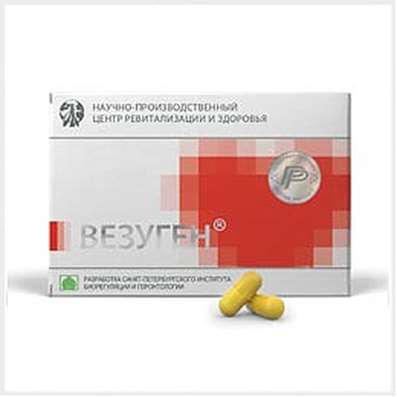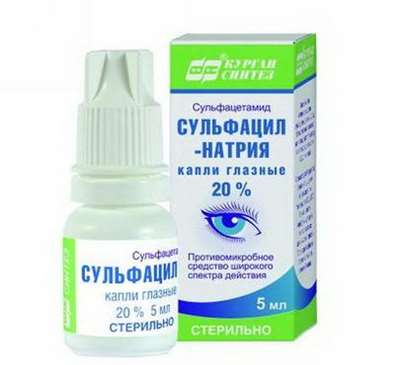Instruction for use: Umifenovir
I want this, give me price
Arbidol 100mg 20 pills
Arbidol 200mg 10 pills
Trade name of the drug – Arbidol hydrochloride monohydrate, Arbidol, Arbidol Maximum, Arpeflu, Afludol, Methylphenylthiomethyl-dimethylaminomethyl-hydroxybromindol-ethyl carboxylat, Orvitol NP
The Latin name of the substance Umifenovir
Umifenovirum (genus. Umifenoviri)
Chemical name
6-Bromo-5-hydroxy-1-methyl-4-dimethylaminomethyl-2-phenylthiomethylindole-3-carboxylic acid ethyl ester (as monohydrate hydrochloride)
Gross Formula
C22H25BrN2O3S
Pharmacological groups:
Other immunomodulators
Antiviral drugs (excluding HIV)
The nosological classification (ICD-10)
A08.0 Rotavirus enteritis: Rotavirus gastroenteritis; Rotavirus infection; Acute intestinal infection due to rotavirus; Acute intestinal infection of rotavirus etiology
B00.0 Herpetic Eczema: Herpes Skin; Herpes on the skin; Eczema herpetiform Kaposi; Acute herpetic skin disease; Primary herpetic infection of the skin and mucous membranes; Herpes simplex skin and mucous membranes; Herpes simplex with skin and mucous membrane damage; Herpetic infection of the skin; Herpetic lesions of the skin; Herpetic dermatitis; Herpetic lesions of the skin; Herpetic lesions of the skin and mucous membranes; Recurrent herpetic infection of the skin; Simple skin herpes; Herpes-viral infections; Herpetic infection; Herpetic infections; Herpetic lesions; Latent herpetic infection; Neonatal herpes; Recurrent herpetic infection; Chronic recurrent herpesvirus infection; Chronic recurrent herpetic infection
B00.9 Herpetic infection, unspecified: Herpes face; Herpes mucous membranes; Herpes-viral infections; Herpes-viral infections of various localizations; Herpetic infection; Herpetic infections; Herpetic lesions; Latent herpetic infection; Neonatal herpes; Recurrent herpetic infection; Chronic recurrent herpesvirus infection; Chronic recurrent herpetic infection; Acute herpetic disease of the mucous membranes; Recurrent herpes
J10 Influenza caused by an identified influenza virus: Influenza A; Influenza B; Influenza A type; Influenza A of type B
J10.0 Influenza with pneumonia, influenza virus identified
J18.9 Pneumonia, unspecified: Pneumonia in immunodeficiency states; Pneumonia with Legionnaires' Disease; Community-acquired pneumonia; Hospital-acquired pneumonia; Hospital pneumonia; Interstitial pneumonia; Respiratory infections; Non-pneumococcal pneumonia; Pneumonia
J40 Bronchitis not specified as acute or chronic: Asthmatic bronchitis; Allergic bronchitis; Bronchitis allergic; Asthmatic bronchitis; Rhinotraheobronchitis; Asthmatic bronchitis; Bacterial bronchitis; Bronchitis; Bronchitis of the smoker; Bronchitis of smokers; Inflammation of the lower respiratory tract; Disease of the bronchi; Qatar smoker; Cough smokers; Cough with inflammatory diseases of the lungs and bronchi; Disturbance of bronchial secretion; Impaired bronchial function; Acute tracheobronchitis; Subacute bronchitis; Tracheobronchitis; Chronic lung diseases
J42 Chronic bronchitis, unspecified: Recurrent bronchitis; Asthmatic bronchitis; Asthmatic bronchitis; Bronchitis chronic; Inflammatory respiratory disease; Disease of the bronchi; Qatar smoker; Cough with inflammatory diseases of the lungs and bronchi; Exacerbation of chronic bronchitis; Chronic bronchitis; Chronic Obstructive Pulmonary Diseases; Chronical bronchitis; Chronic bronchitis of smokers; Chronic spasmodic bronchitis; Allergic bronchitis; Bronchitis allergic
J80 Syndrome of respiratory distress in an adult: Acute respiratory syndrome; Respiratory disorders of central origin; Syndrome of adult respiratory distress; Shock lung; SARS (severe acute respiratory syndrome)
T81.4 Infection associated with the procedure, not elsewhere classified: Post-operative infections; Postoperative wound infection; Postoperative infection
CAS code
131707-23-8
Pharmacology
Pharmacological action - Antiviral.
Pharmacodynamics
Specifically suppresses in vitro influenza A and B viruses (Influenza virus A, B), including the highly pathogenic subtypes A (H1N1) pdm09 and A (H5N1), as well as other viruses that cause acute respiratory viral infection: coronavirus (Coronavirus) associated with severe acute respiratory syndrome (SARS), rhinovirus (Rhinovirus), adenovirus (Adenovirus), respiratory syncytial virus (Pneumovirus) and parainfluenza virus (Paramyxovirus). By the mechanism of antiviral action refers to the inhibitors of fusion (fusion), interacts with the hemagglutinin of the virus and prevents the fusion of the lipid envelope of the virus and cell membranes. Has interferon-inducing activity - in a study in mice, the induction of interferons was noted already after 16 hours, while high titers of interferons persisted in the blood up to 48 hours after administration. Stimulates cellular and humoral immune responses: increases the number of lymphocytes in the blood, especially T cells (CD3), increases the number of T-helpers (CD4), without affecting the level of T-suppressors (CD8), normalizes the immunoregulatory index, stimulates the phagocytic function of macrophages And increases the number of natural killers (NK cells).
Therapeutic efficacy in viral infections is manifested in a reduction in the duration and severity of the course of the disease and its underlying symptoms, as well as in the reduction in the incidence of complications associated with a viral infection and exacerbations of chronic bacterial diseases.
Refers to low-toxic drugs (LD50> 4 g / kg). Does not have any negative effects on the human body when administered orally at recommended doses.
Pharmacokinetics
Quickly absorbed and distributed to organs and tissues. Cmax in blood plasma at a dose of 50-200 mg is achieved after 1-1.5 h, Vd - 1432 l. Metabolised in the liver. T1 / 2 is from 11 to 21 hours. About 40% is excreted unchanged, mainly with bile (38.9%) and in an insignificant number of kidneys (0.12%). During the first day, 90% of the administered dose is withdrawn.
Application of the substance Umifenovir
Prevention and treatment of influenza A and B, other ARVI (including complicated by bronchitis, pneumonia) in children and adults; Complex therapy of acute intestinal infections of rotavirus etiology in children; Nonspecific prevention and treatment of severe acute respiratory syndrome in children and adults; Complex therapy of chronic bronchitis, pneumonia and recurrent herpetic infection; Prevention of postoperative infectious complications.
Contraindications
Hypersensitivity to umiphenovir; Children's age up to 2-12 years, depending on the indication and dosage form.
Application in pregnancy and breastfeeding
The use of umifenovir in pregnancy is contraindicated.
It is not known whether umifenovir or its metabolites penetrate breast milk in women during lactation. If you need to use umifenovir during this period, breastfeeding should be discontinued.
Side effects of Umifenovir
Allergic reactions: rarely (≥1 / 10000, <1/1000) - skin itching, rash, angioedema, urticaria; Very rarely (<1/10000) - anaphylactic reactions.
Interaction
When assigned with other drugs, no negative effects were noted.
Overdose
Not checked.
Routes of administration
Inside.
Precautions for the substance Umifenovir
In case of missed intake of one dose, the missed dose should be taken as soon as possible and continue the course of admission according to the scheme started.
Influence on the ability to drive vehicles and work with machinery. It does not show central neurotropic activity and can be used in medical practice in persons of various professions, including Requiring increased attention and coordination of movements (for example, transport drivers, operators).

 Cart
Cart





